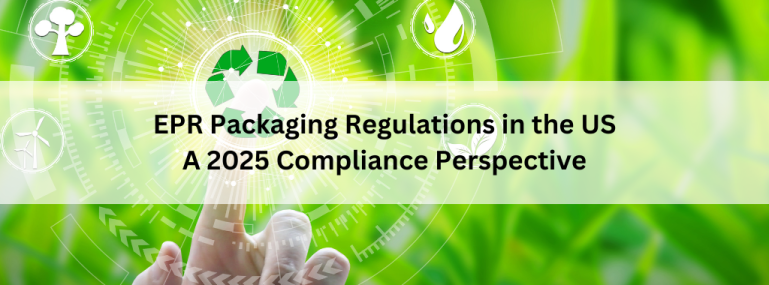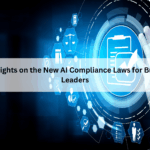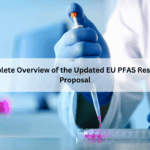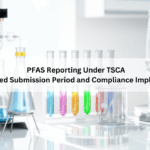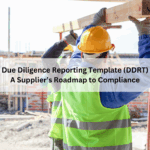The global waste crisis continues to escalate, and governments are shifting responsibility for packaging waste away from consumers and onto producers. One key approach is Extended Producer Responsibility (EPR), which holds producers accountable for the end-of-life management of their packaging.
While EPR programs are already well established in Europe and Asia, the United States has lagged behind. However, 2025 marks a turning point, as several U.S. states are implementing or tightening EPR legislation to address packaging waste more effectively.
The United States generates over 80 million tons of packaging waste every year. Much of it pollutes ecosystems or ends up in landfills due to fragmented, underfunded, and inefficient recycling systems.
Historically, companies have not been held to strict packaging standards, leading to:
- Excessive local government spending on waste management.
- Continued reliance on non-recyclable and disposable packaging.
This has left municipalities burdened with costs and communities struggling with growing waste challenges.
EPR regulations for packaging aim to reduce waste by requiring businesses to take financial and operational responsibility for the collection, recycling, and disposal of packaging materials.
Key features of EPR programs include:
- Producer Responsibility Organizations (PROs): Groups that coordinate compliance efforts on behalf of producers.
- Eco Fees: Higher fees imposed on hazardous or hard-to-recycle materials.
- Reporting Requirements: Companies must disclose the types and amounts of packaging they use.
- Targets: Regulations establish clear reuse and recycling goals to encourage sustainable packaging practices.
By 2025, EPR laws will be active in Colorado, Maine, Oregon, and California, making these states leaders in packaging reform.
EPR for packaging is not just a regulatory requirement—it brings wide-ranging benefits for the environment, governments, businesses, and consumers. By shifting responsibility to producers, these programs encourage sustainable design, strengthen recycling systems, and reduce the financial burden on local communities. In the long term, EPR contributes to building a circular economy where resources are used more efficiently and waste is minimized.
1.Reduced Environmental Impact
- Promotes recyclable and reusable materials.
- Reduces landfill dependency and packaging-related pollution.
2.Cost Savings for Cities
- Shifts financial responsibility from municipalities to producers, freeing up local budgets.
3.Improved Packaging Design
- Incentivizes recyclable, low-waste designs.
- Supports the transition toward a circular economy.
4.Stronger Recycling Systems
- Drives investment in household recycling infrastructure.
- Standardizes recycling laws, signage, and practices across states.
By 2025, America’s packaging landscape will undergo a major transformation. EPR represents a shift toward accountability, circularity, and sustainable packaging systems. While challenges remain—such as securing industry support and managing differences between state-level regulations—businesses must adapt quickly to remain compliant.
ComplianceXL helps organizations meet these evolving responsibilities by offering tailored EPR compliance solutions. From packaging data reporting to supply chain management and regulatory mapping, ComplianceXL enables businesses to navigate the complexities of EPR laws while reducing risk and strengthening sustainability commitments.
FAQs:
1. Which types of packaging are covered by EPR laws?
Plastic packaging, paperboard boxes, glass jars, metal cans, and packaging films are typically covered. Some states also include single-use items like wrappers, cutlery, and straws.
2. In EPR regulations, who qualifies as a “producer”?
A producer is generally the brand owner, manufacturer, or importer responsible for placing packaging on the market.
3. When will U.S. EPR laws take effect?
Timelines vary by state. For example, California’s SB 54 begins phased compliance in 2025, while Maine’s program is scheduled to start in 2026.
4. How does EPR benefit customers?
EPR encourages better packaging design and more efficient recycling, leading to reduced waste, more sustainable products, and cleaner communities.
5. What are the challenges in implementing EPR?
Challenges include balancing costs between producers and consumers, ensuring consistent recycling infrastructure, and managing differences in state-level legislation.
